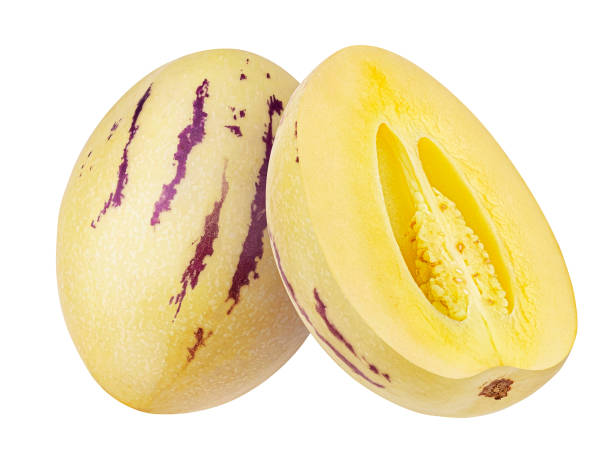Hailing from the lush tropical regions of Southeast Asia, langsat, also known as lanzones or duku, emerges as a delectable and nutrition-packed fruit, celebrated for its sweet and tangy flavor. Beyond its taste, langsat offers an array of healthful nutrients that contribute to overall well-being. Let’s explore the nutritional richness that makes langsat a tropical treasure.
Rich in Vitamin C:
One of the standout features of langsat is its high vitamin C content. Vitamin C is a powerful antioxidant that supports immune function, aids in collagen synthesis for skin health, and acts as a defense against oxidative stress. The abundant vitamin C in langsat adds a refreshing and immune-boosting element to its nutritional profile.
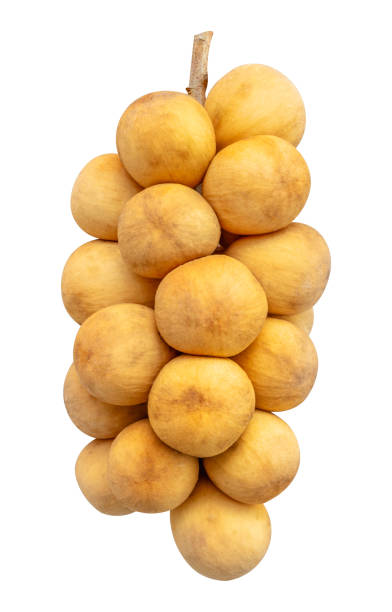
Dietary Fiber for Digestive Health:
Langsat is a commendable source of dietary fiber, featuring both soluble and insoluble fibers. This fiber content plays a crucial role in supporting digestive health by promoting regular bowel movements, preventing constipation, and fostering a healthy gut microbiome. Langsat’s fiber richness adds a satisfying and digestive-friendly dimension to the fruit.
Natural Sugars for Energy:
Langsat contains natural sugars, predominantly fructose and glucose, providing a quick and natural energy boost. The combination of natural sugars with fiber helps regulate blood sugar levels, making langsat a wholesome and energizing snack.
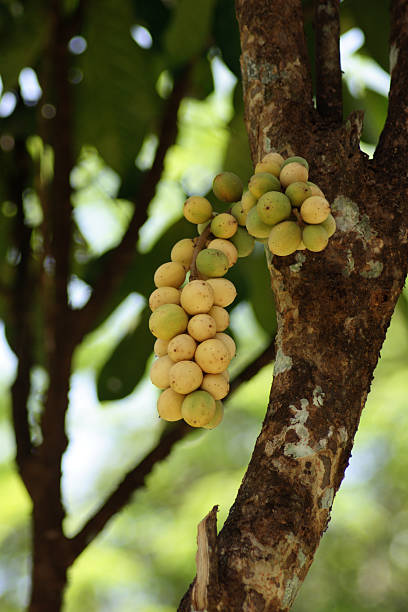
Mineral Ensemble (Potassium, Calcium, Phosphorus):
The mineral composition of langsat adds to its nutritional allure. Potassium, crucial for heart health and maintaining proper fluid balance, is present in significant amounts. Additionally, langsat provides calcium, vital for bone health, and phosphorus, essential for various physiological processes. The mineral ensemble of langsat supports overall cardiovascular, skeletal, and muscular well-being.
Antioxidant-Rich:
Langsat houses various antioxidants, including polyphenolic compounds. These antioxidants play a pivotal role in neutralizing free radicals, potentially reducing oxidative stress and inflammation. Regular consumption of langsat may contribute to cellular health and the prevention of chronic diseases associated with oxidative damage.
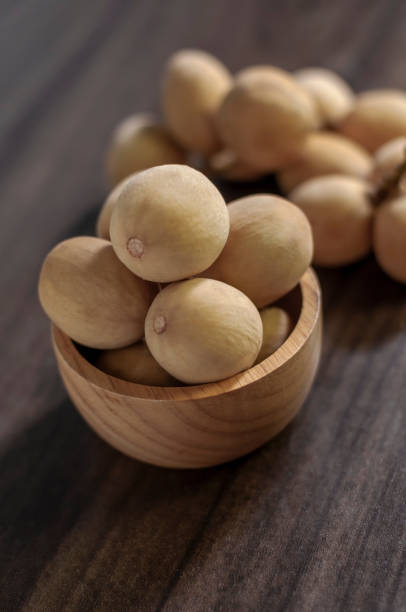
Source of B Vitamins (Thiamine, Riboflavin):
Langsat contributes to the B-vitamin spectrum, including thiamine (B1) and riboflavin (B2). These B vitamins play essential roles in energy metabolism, nervous system function, and the synthesis of DNA. The B-vitamin content of langsat adds to its nutritional diversity and supports overall metabolic vitality.
Low in Calories, High in Hydration:
Langsat is relatively low in calories, making it a refreshing and guilt-free snack option. With its high water content, langsat also contributes to hydration, making it an excellent choice in tropical climates to replenish fluids.
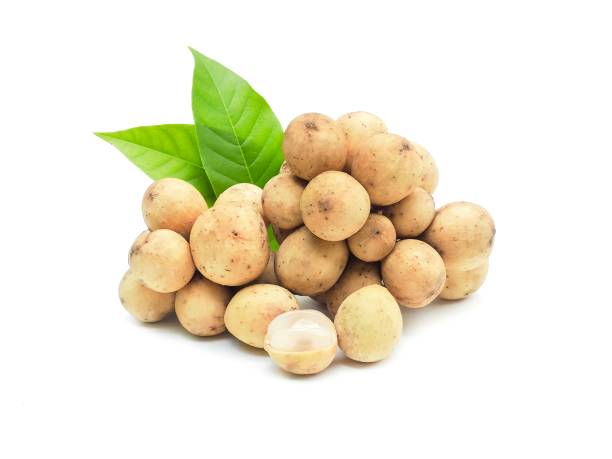
Culinary Delight:
Langsat’s culinary appeal extends beyond its nutritional virtues. Whether enjoyed fresh as a standalone snack or incorporated into fruit salads and desserts, langsat’s sweet and tangy flavor enhances both traditional and modern culinary creations.
In conclusion, langsat, with its vitamin C richness, fiber abundance, and nutrient diversity, stands as a tropical treasure that transcends its delectable taste. As we savor its juicy segments and vibrant aroma, we partake in a sensory journey that celebrates not only the tropical allure but also the healthful benefits of langsat. From supporting digestive well-being to providing essential nutrients, langsat remains a symbol of the diverse and delectable offerings found in the tropical landscapes of Southeast Asia.

